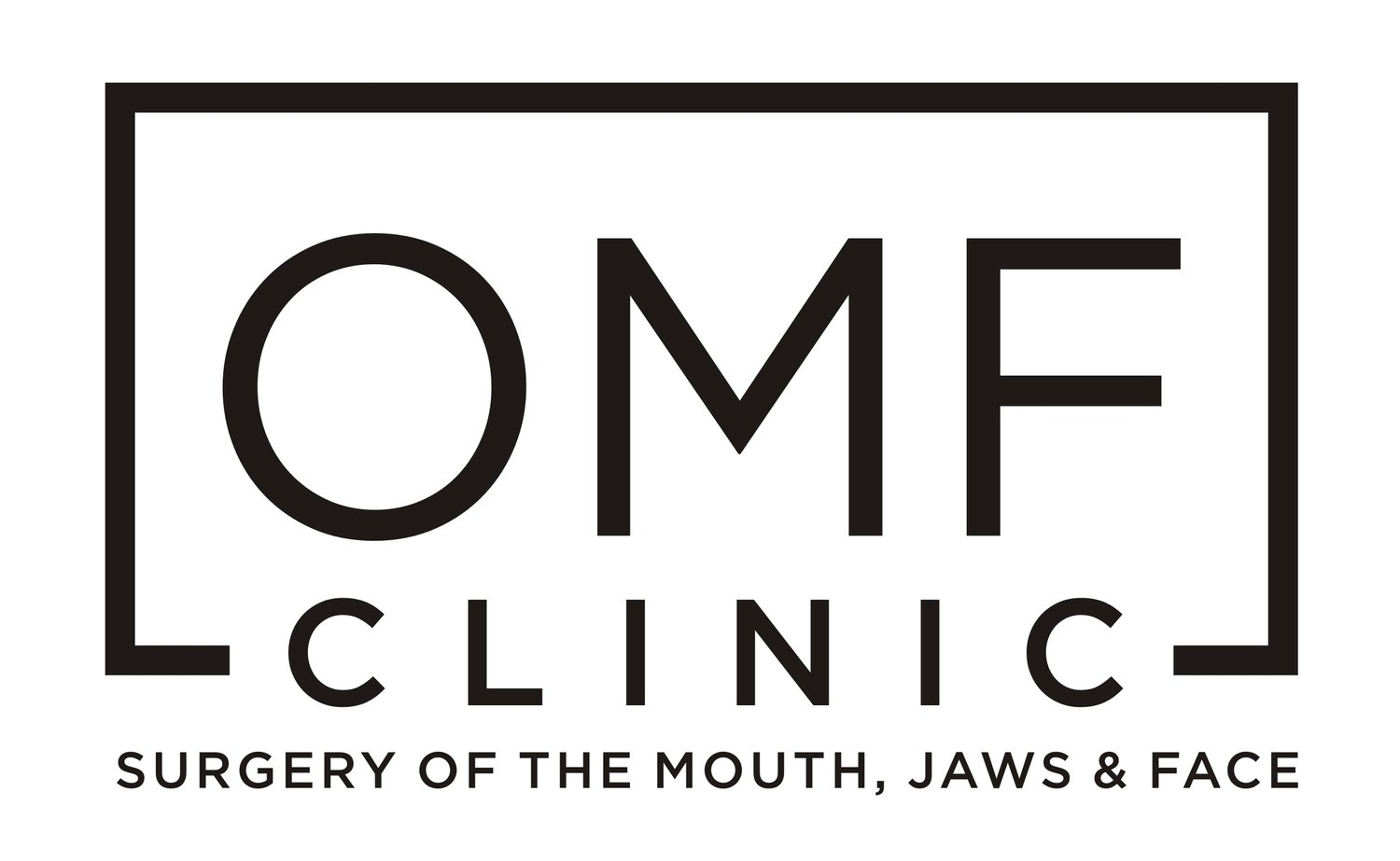BONE GRAFTING
Bone grafting is frequently performed to increase the amount of bone available for a dental implant to be placed. Bone grafting may also be used to restore bone that has been lost following trauma, tumour surgery and even congenital deformities such as cleft lip and palate.
Traditionally bone grafting required bone to be harvest from other regions of a patients body however advances in medical technology allow the use of purpose made bone graft materials. The graft is placed immediately adjacent to the existing bone and left over several months to integrate.
When bone grafting is performed for dental implants, the bone graft may be placed at the same time as a dental implant, or the procedure may need to be staged. This will depend on the clinical situation.
Sinus Lift
This is a special form of bone graft for the posterior portion of the upper jaw where the premolar and molar teeth are usually situated. A sinus lift is done when there is not enough bone in this region. The reasons for this can include patient’s with large, pneumatised sinuses or collapse of the available bone following the prior removal of teeth. In this procedure the sinus lining is lifted upward to create room for a bone graft to be added above existing bone.

